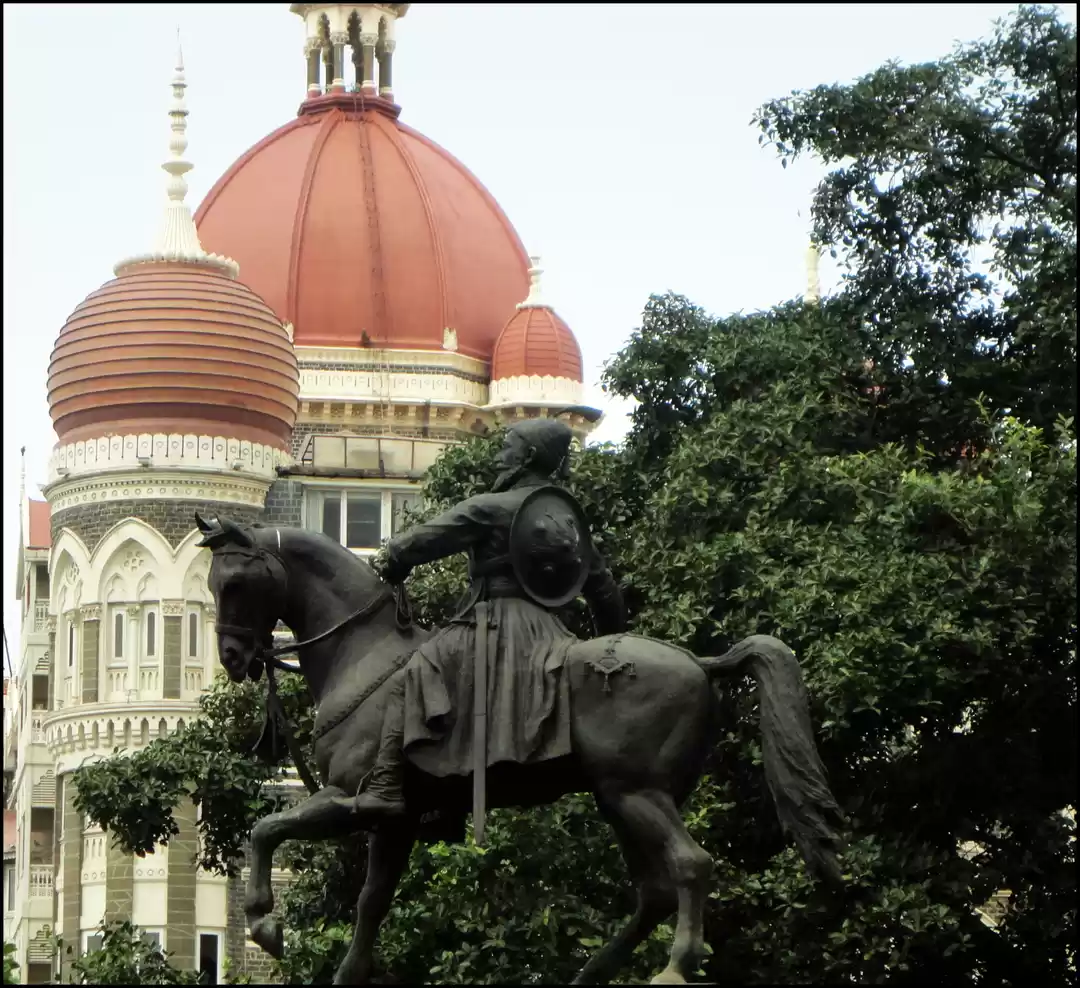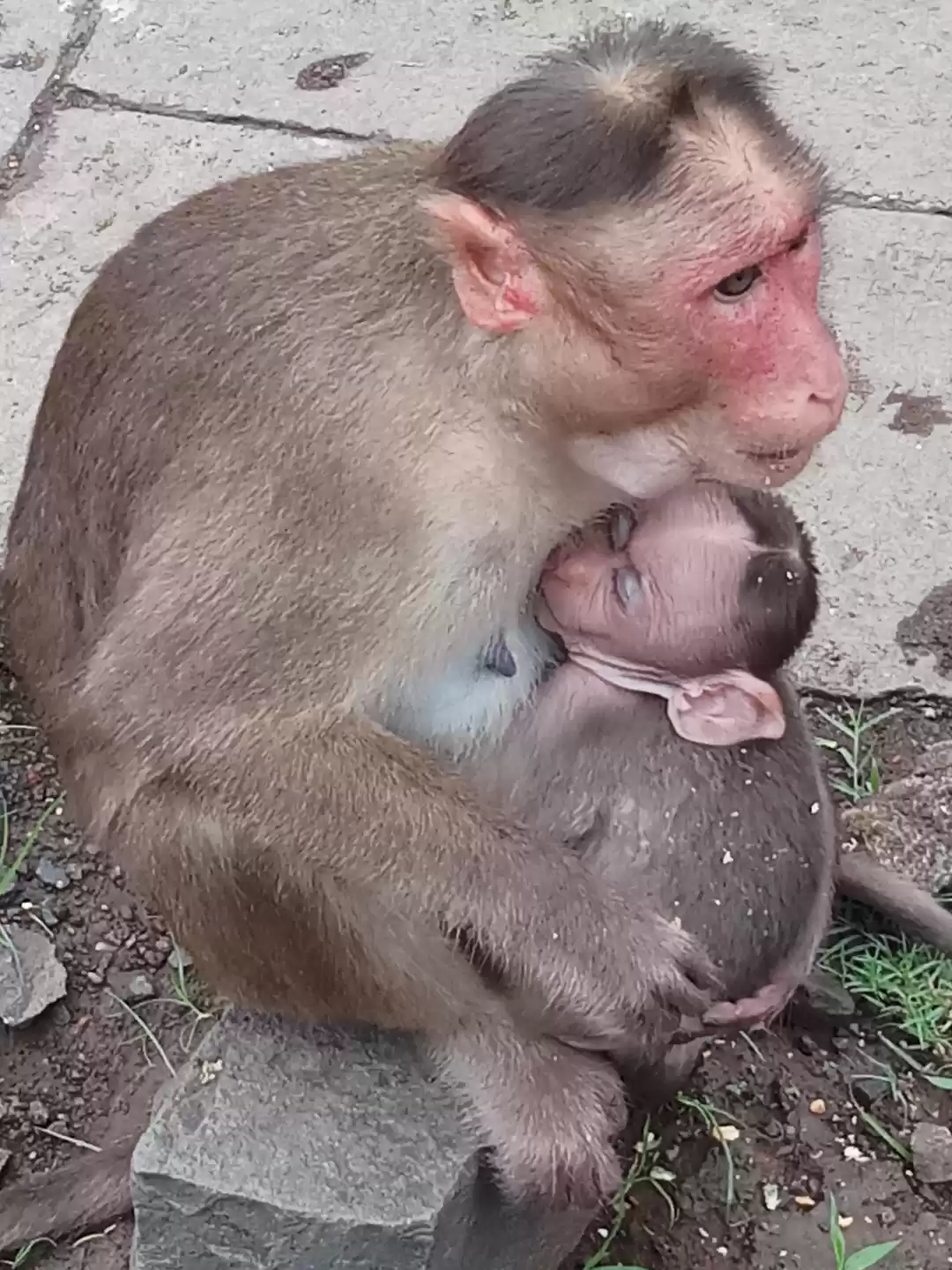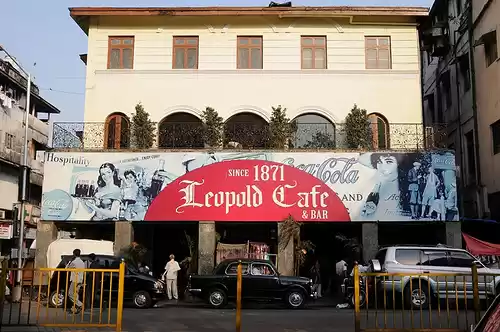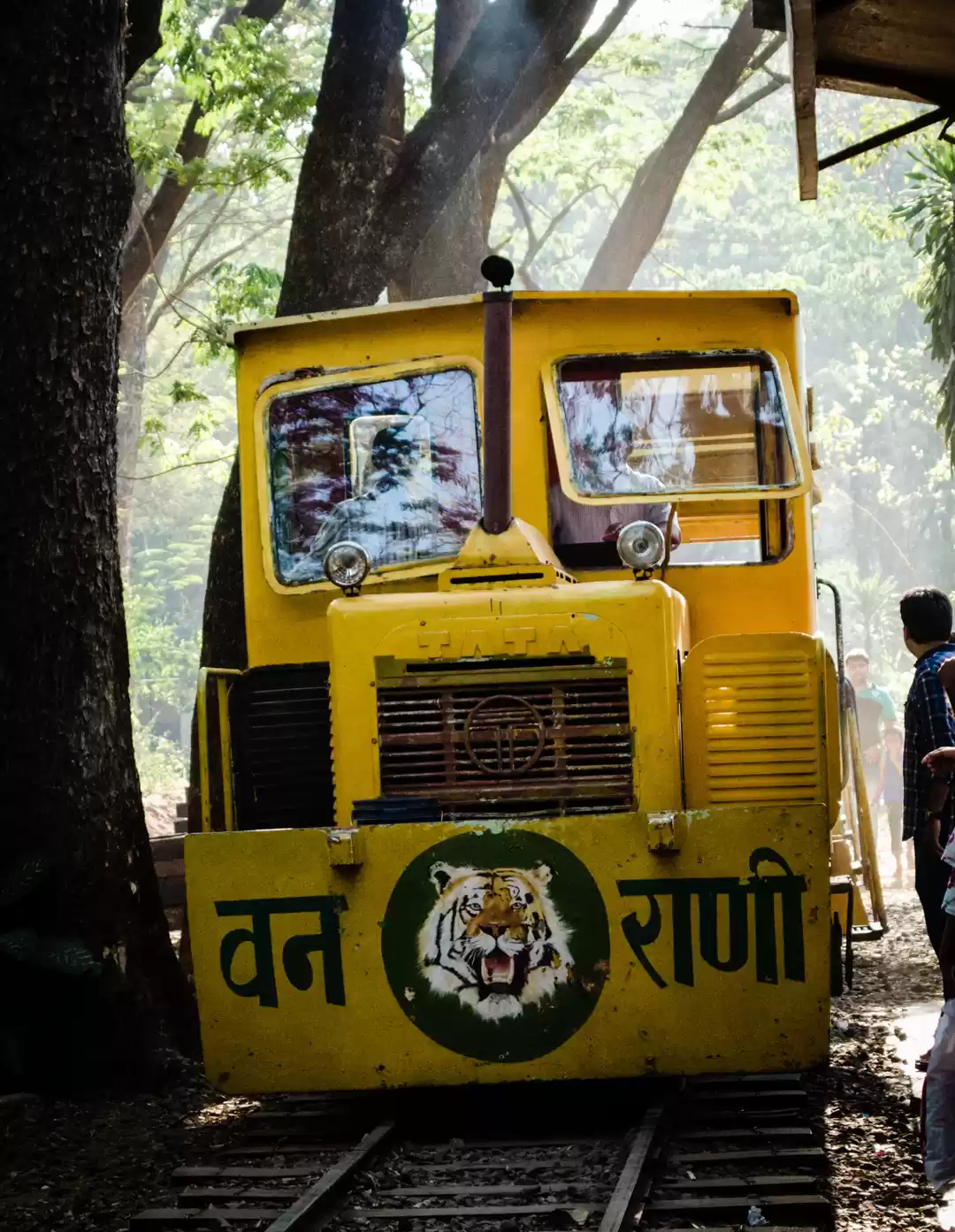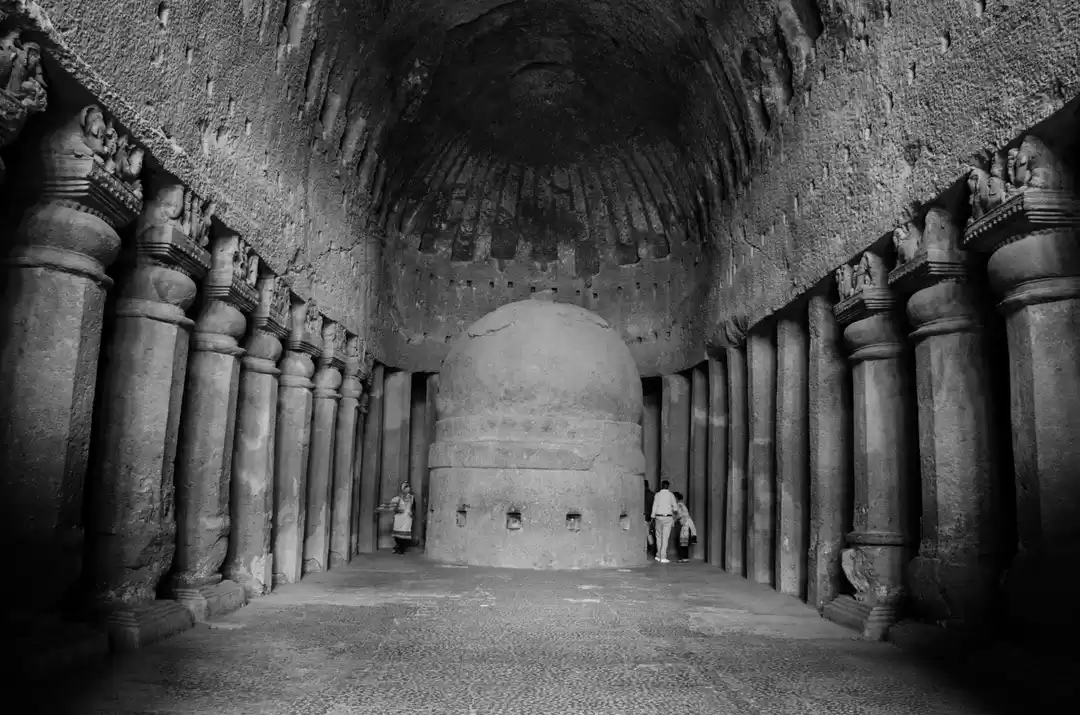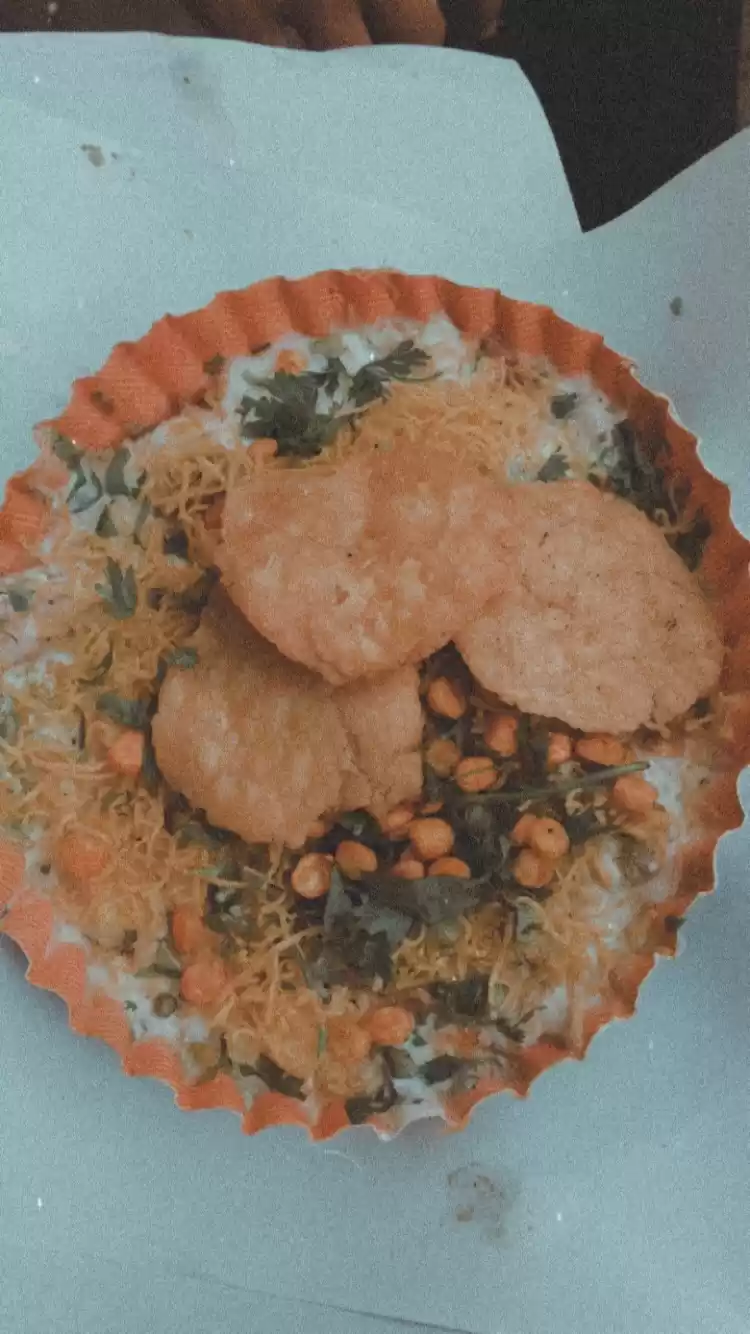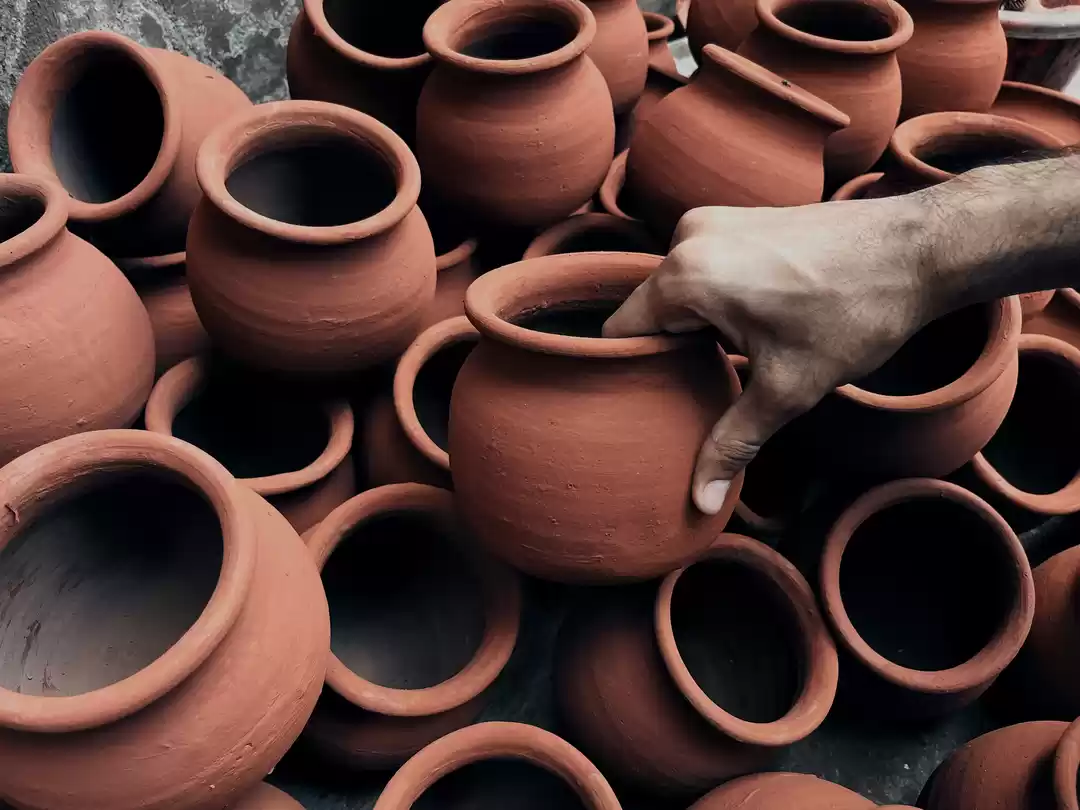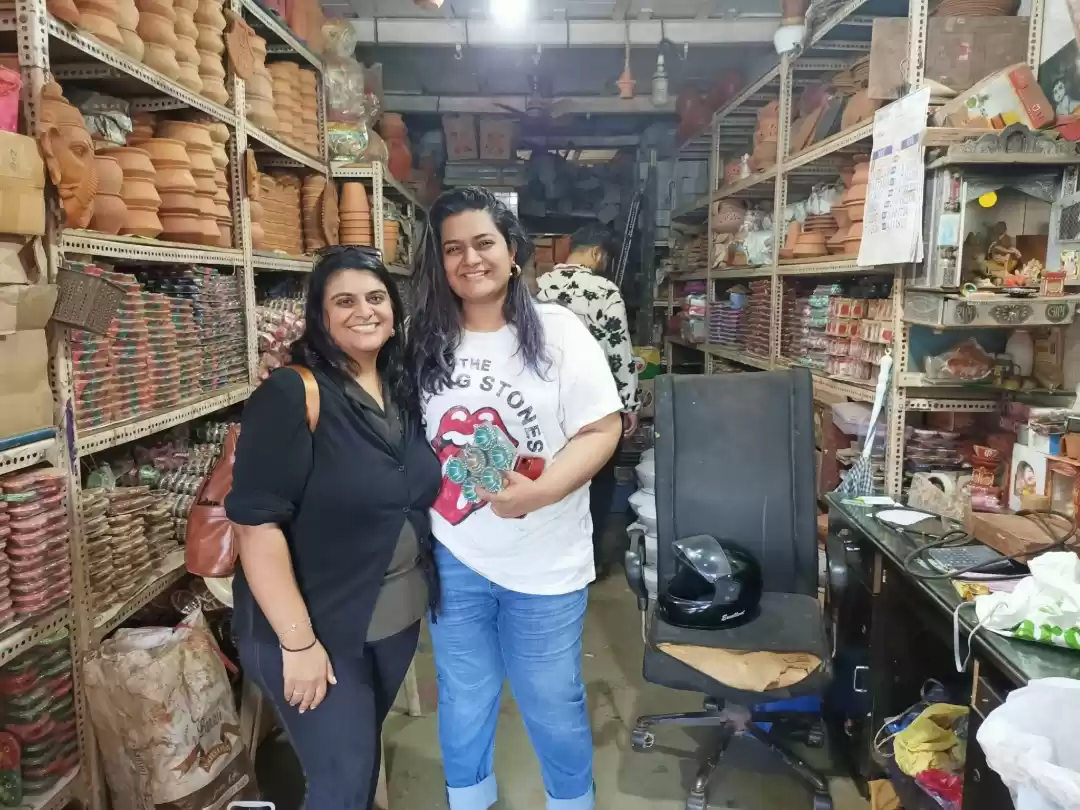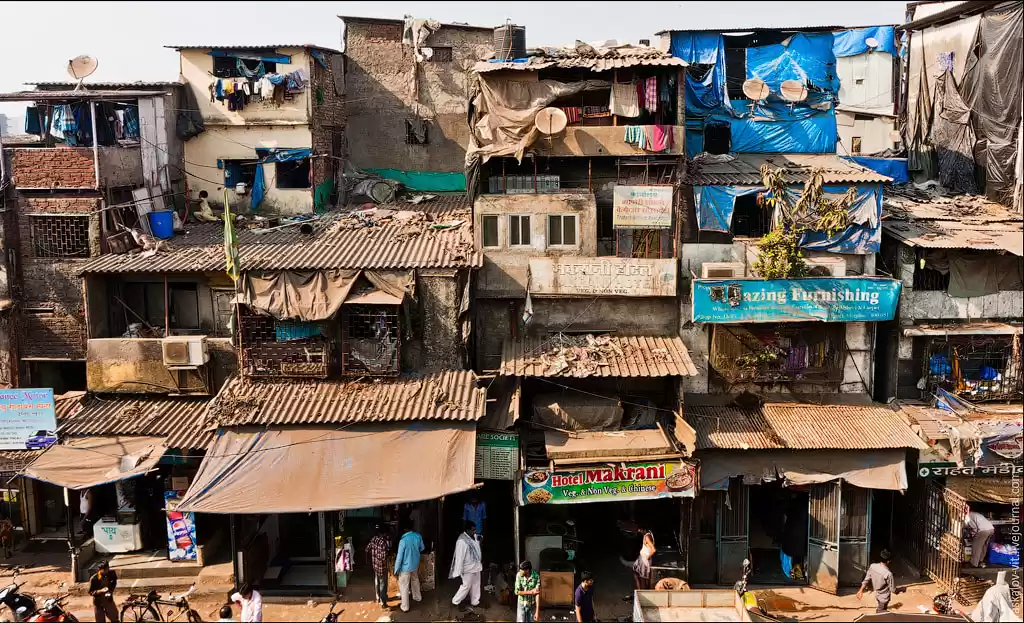Dharavi is not just a slum. It is a city within a city, a melting pot of cultures, a hub of innovation, and a testament to human resilience. If you want to experience the real Mumbai, you cannot miss visiting Dharavi, one of Asia’s largest and most fascinating slums. In this guide, we will tell you everything you need to know about Dharavi, from its history and economy to its attractions and activities.
We will also give you some practical tips on how to visit Dharavi, either independently or with a guided tour. By the end of this article, you will be ready to explore Dharavi with confidence and curiosity.
Why Visit Dharavi Slum in Mumbai?
You might be wondering why anyone would want to visit a slum. Isn’t it dirty, dangerous, and depressing? Well, not exactly. Dharavi is much more than what meets the eye. It is a place where you can witness the diversity, industry, and community spirit of one of Asia’s largest slums. Here are some of the reasons and benefits of visiting Dharavi slum in Mumbai:
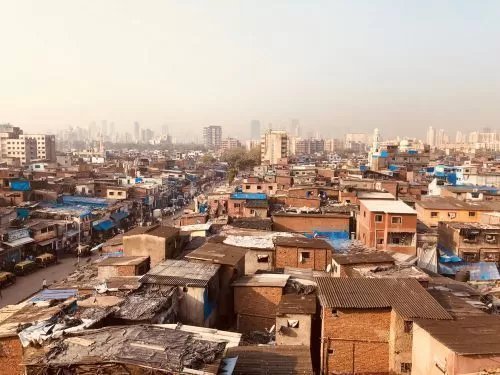
To witness the diversity of Dharavi:
Dharavi is home to more than 1 million people from different religions, castes, languages, and regions. You can find Hindus, Muslims, Christians, Sikhs, Buddhists, and Jains living together in harmony. You can also find people from different states of India, such as Tamil Nadu, Gujarat, Uttar Pradesh, Bihar, and Karnataka. Dharavi is a microcosm of India’s pluralism and multiculturalism.
To learn about the industry of Dharavi:
Dharavi is not just a residential area. It is also a thriving industrial zone that generates an annual turnover of more than $1 billion from various sectors, such as recycling, leather, pottery, textiles, food processing, and electronics. You can see how people transform waste into wealth, how they create beautiful products from raw materials, and how they innovate and adapt to the changing market demands.
To experience the contrast of Mumbai:
Mumbai is a city of contrasts, where the rich and the poor coexist in close proximity. You can see this contrast vividly in Dharavi, where you can find skyscrapers and slums, luxury cars and rickshaws, malls and markets, all within a few kilometers. You can also see how people cope with the challenges of urbanization, such as overcrowding, pollution, sanitation, and infrastructure.
To support the local community of Dharavi:
By visiting Dharavi, you are not only enriching your own travel experience but also supporting the local community. You can contribute to the local economy by buying some of the products made in Dharavi or by tipping or donating to the people who show you around. You can also support some of the social causes that work for the welfare of Dharavi residents, such as education, health care, women empowerment, and environmental protection.
Also check out: Here's why Dharavi is the "bohot hard" place in Mumbai!
How to Visit Dharavi Slum in Mumbai?
If you are convinced that visiting Dharavi slum in Mumbai is worth your time and money, you might be wondering how to go about it. Here are some practical tips on how to visit Dharavi slum in Mumbai:
How to get there:
The best way to reach Dharavi slum is by taking a local train to Mahim Junction or Sion Station and then walking or taking a rickshaw to the entrance of the slum. You can also take a taxi or an Uber from any part of Mumbai but be prepared for traffic jams and higher fares.
What to wear:
It is advisable to wear modest and comfortable clothes that cover the arms and legs. It is also recommended to wear closed shoes that can be easily washed or discarded after the visit. Avoid wearing flashy or expensive accessories that might attract unwanted attention or theft.
What to bring:
It is essential to bring a bottle of water, some snacks, a camera (with permission), and some cash for tipping or shopping. You might also want to bring some tissues, hand sanitizer, and a face mask for hygiene purposes. Do not bring any valuables or large bags that might hinder your movement or safety.
What to expect:
It is important to be prepared for the crowded, noisy, dirty, and smelly conditions of the slum. It is also crucial to be respectful, curious, and open-minded towards the people and their culture. Do not judge, pity, or patronize them. Do not take photos without asking for permission. Do not litter or waste resources. Do not enter any private or restricted areas without invitation.
What to See and Do in Dharavi Slum in Mumbai?
Now that you know how to visit Dharavi slum in Mumbai, you might be curious about what to see and do there. Dharavi slum is a place where you can find something interesting and surprising at every corner. Here are some of the main attractions and activities that are available in Dharavi slum in Mumbai:

Recycling area:
This is where tons of plastic waste from all over Mumbai are collected, sorted, cleaned, melted, and transformed into new products. It is a fascinating example of circular economy and environmental sustainability in action. You can see how people use simple machines and tools to create plastic granules, pipes, sheets, bottles, and other items that are sold in the market or exported abroad.
Rooftop visit:
This is where you can get a panoramic view of the entire slum and see how people make use of every inch of space available. You can see how people build their houses with bricks, tin, wood, and tarpaulin. You can also see how people grow plants, dry clothes, store water, and relax on their rooftops. It is also a great spot to witness the sunrise or sunset over Mumbai.
Community center:
This is where you can interact with some of the local residents and learn about their stories, aspirations, and challenges. You can also participate in some of the educational or recreational activities organized by NGOs or volunteers. For example, you can join a yoga class, a dance workshop, a painting session, or a language exchange program. You can also visit some of the schools, hospitals, temples, mosques, churches, and NGOs that operate in Dharavi slum.
Popaddom making:
This is where you can see how women make popaddoms (thin crispy bread) by hand and then dry them on large bamboo mats under the sun. You can also taste some of the delicious snacks made from popaddoms, such as masala papad (spicy popaddom), sev puri (popaddom topped with potatoes, onions, chutney), and bhel puri (puffed rice mixed with popaddom, vegetables, chutney). You can also buy some popaddoms as souvenirs or gifts for your friends and family.
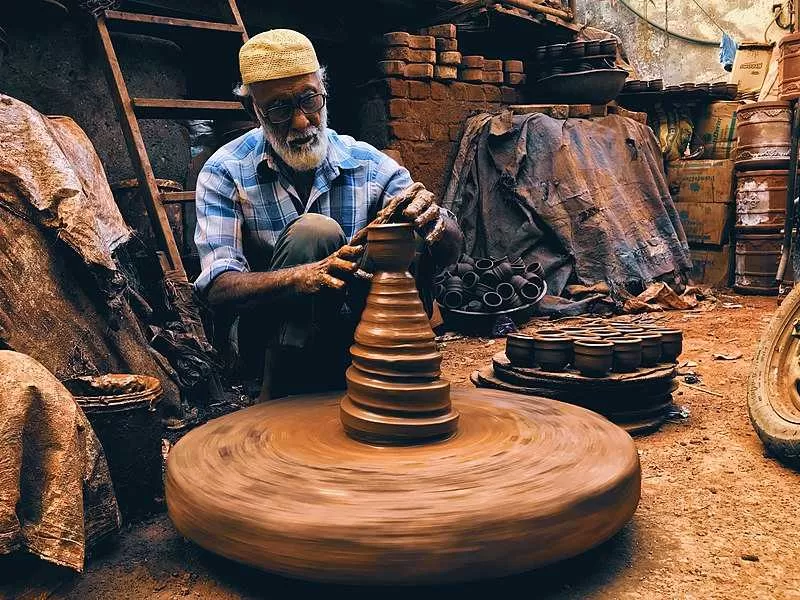
Pottery colony:
This is where you can see how potters create beautiful clay pots using traditional techniques and tools. You can watch how they shape the clay on a wheel, bake it in a kiln, paint it with colors, and decorate it with designs. You can also try your hand at pottery making yourself and take home your own creation. You can also buy some of the handmade pottery products as souvenirs or gifts for your loved ones.
You may also like to check out: The lesser seen side of Mumbai- Dharavi Unplugged!
How to Book a Guided Tour of Dharavi Slum in Mumbai?
If you are not comfortable visiting Dharavi slum in Mumbai by yourself or if you want to learn more about the slum from an expert guide, you might want to consider booking a guided tour of Dharavi slum in Mumbai. There are many advantages and disadvantages of booking a guided tour of Dharavi slum in Mumbai:
Advantages: A guided tour can provide more information, insight, and safety for visitors. It can also ensure that the visit is ethical, respectful, and beneficial for the local community.
Disadvantages: A guided tour can be more expensive, restrictive, and impersonal for visitors. It can also create a sense of voyeurism, exploitation, or pity for the local community.
You May Also Love To Read How a Dharavi Slum Tour Changed Deepa Alawani’s Perspective on Life!
Dharavi slum is one of the most vibrant and fascinating places to visit in Mumbai. Visiting Dharavi slum can provide you with a unique and enriching experience that will challenge your stereotypes and broaden your perspective.
You can also support the local community by buying their products or donating to their causes. There are different ways to visit Dharavi slum in Mumbai, either independently or with a guided tour.
Whatever you choose, we hope that you will enjoy your visit and appreciate the beauty and diversity of Dharavi slum.
Have you visited Dharavi slum in Mumbai? What did you think of it? Share your thoughts or questions in the comments section below. We would love to hear from you!













